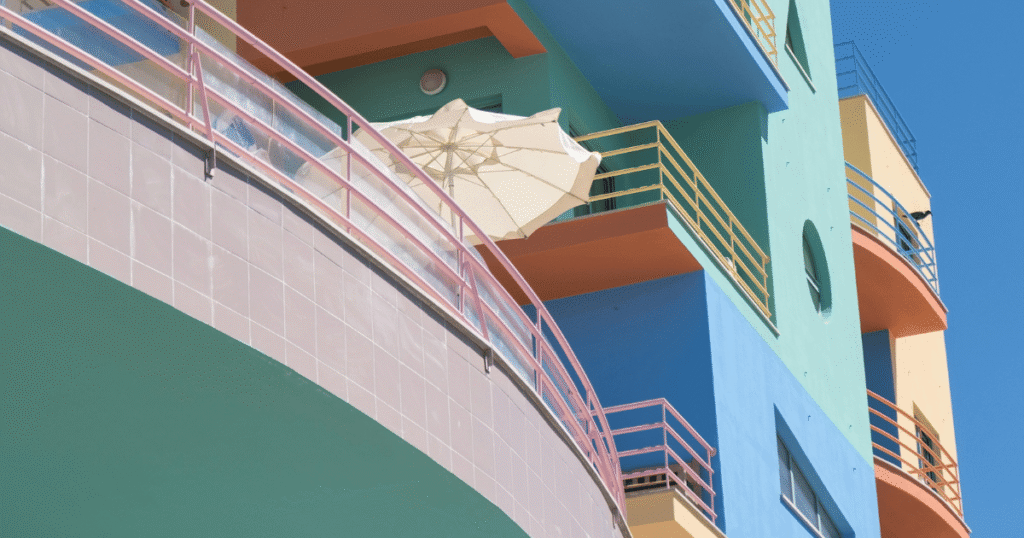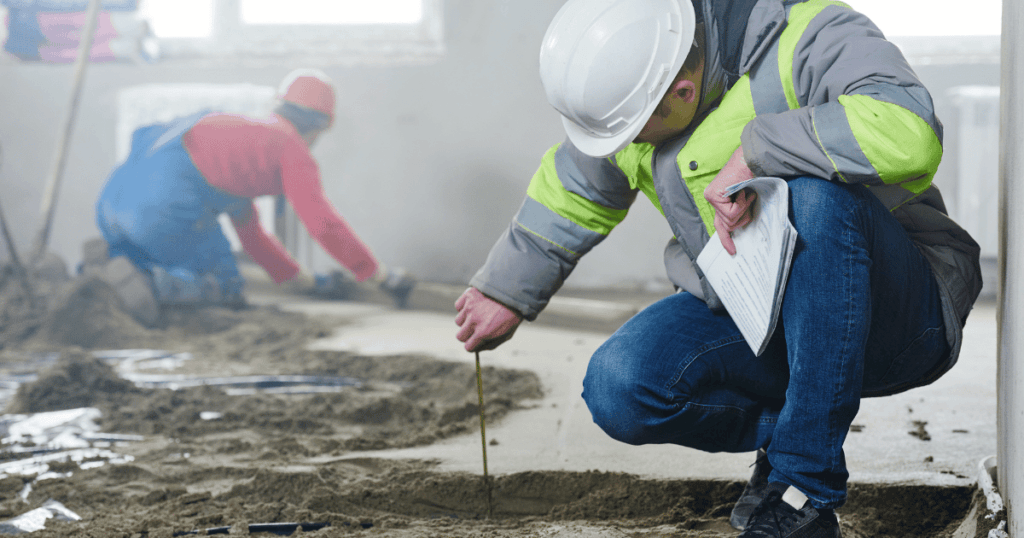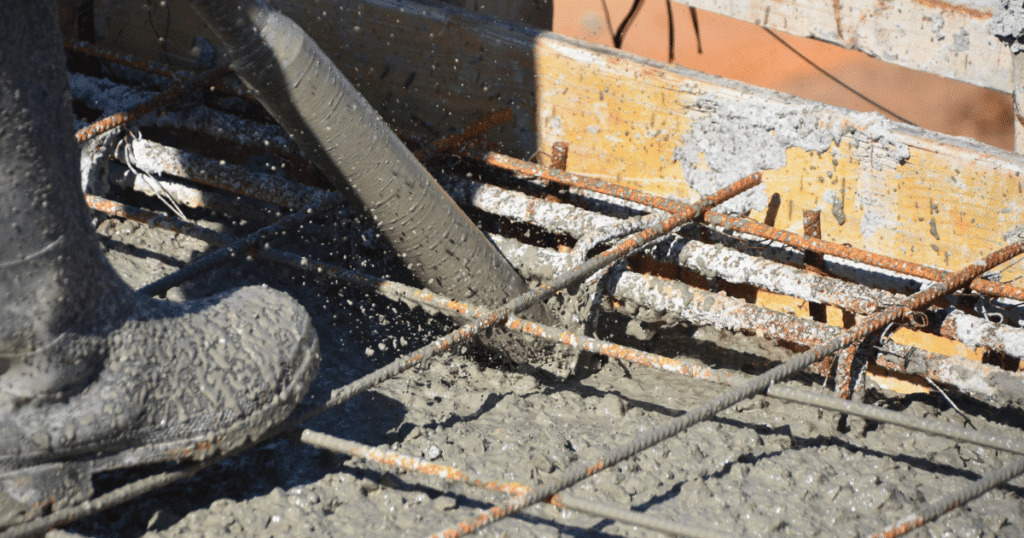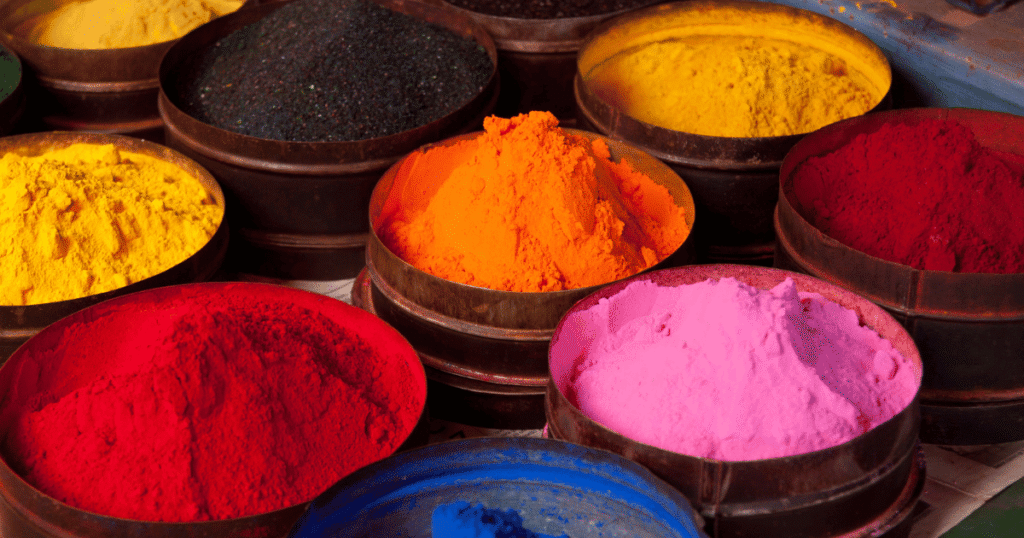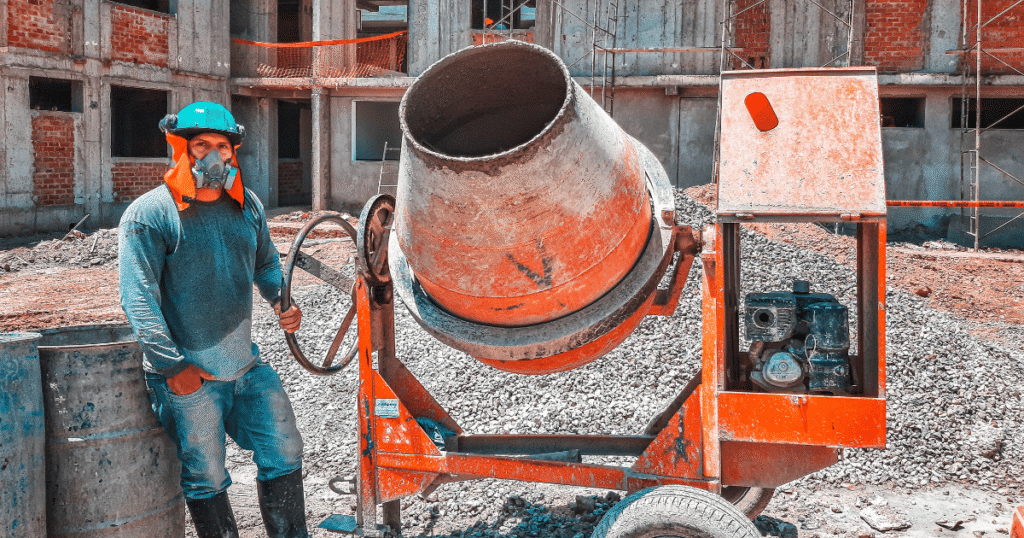Not all concrete is the same. In fact, there are many different types of concrete, and each one is designed for a specific purpose.
If you’ve ever wondered why some concrete is smooth and polished, while others are rough, lightweight, or extra strong, this blog will break it all down for you.
By the end, you’ll know the major types of concrete out there and exactly what they’re used for.
Let’s dive in!
Why Knowing The Types Of Concrete Matters
Before we jump into the list, it’s worth understanding why you should even care about the types of concrete.
Knowing your concrete options helps you:
- Choose the right material for the job
- Avoid costly mistakes
- Improve durability and performance
- Customize the look and finish
Not all concrete is created equal, and picking the wrong type could mean cracking, sinking, or even starting all over again.
The Types Of Concrete
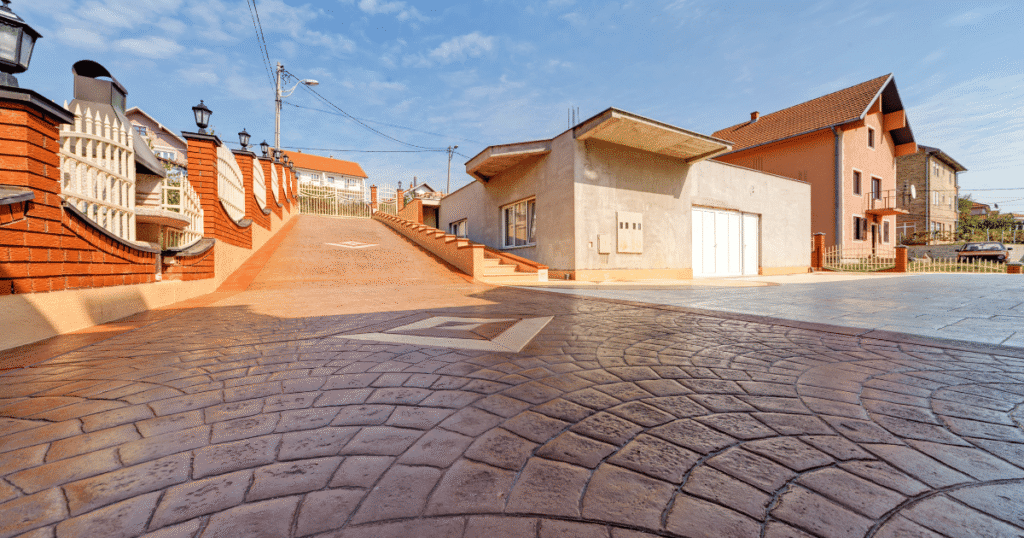
In total, I can think of ten different kinds of concrete that is used for specific jobs or purposes.
1. Normal Strength Concrete
This is your everyday, standard concrete, nothing fancy, just reliable.
It’s made from the usual ingredients: cement, water, and aggregates like sand or gravel.
Common uses:
- Sidewalks
- Driveways
- Patios
- Floors that don’t carry heavy loads
This type sets in a few hours and works great for small-scale residential projects.
2. High-Strength Concrete
As the name suggests, this one packs a punch.
It’s made with a lower water-to-cement ratio, giving it extra strength (above 6,000 psi).
Typical uses include:
- High-rise buildings
- Bridges
- Parking structures
High-strength concrete is one of the most reliable types of concrete for load-bearing structures.
3. Reinforced Concrete

This is concrete with a secret weapon: steel bars or mesh inside.
The reinforcement helps the concrete resist tension and cracking.
You’ll find reinforced concrete in:
- Skyscraper foundations
- Parking garages
- Beams, slabs, and columns
- Swimming pools
This type combines the compressive strength of concrete with the tensile strength of steel, the best of both worlds.
4. Lightweight Concrete
Want strong concrete without the heavy weight?
Enter lightweight concrete, which replaces standard aggregates with materials like expanded shale or clay.
Great for:
- Rooftops
- Prefabricated blocks
- Insulating floors
- Fireproofing
Lightweight types of concrete are easier to work with and reduce the load on buildings.
5. Precast Concrete
This concrete is poured and cured in a factory, then delivered to the construction site ready to install.
Think of it like the IKEA of concrete: made elsewhere, assembled on-site.
Common uses:
- Walls and panels
- Beams and columns
- Staircases
- Pipes and septic tanks
Precast types of concrete save time on-site and offer high-quality control since they’re made in a controlled environment.
6. Stamped Concrete
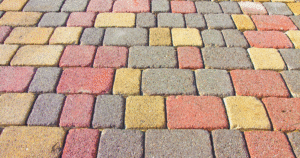
Here’s where things get a little artistic.
Stamped concrete is textured or patterned to look like brick, stone, tile, or even wood.
Perfect for:
- Patios
- Pool decks
- Walkways
- Driveways
It’s one of the most decorative types of concrete, ideal if you want style without the high cost of natural materials.
7. Self-Consolidating Concrete (SCC)
Also known as self-leveling concrete, this type flows easily into place without needing to be vibrated.
It’s smooth, fluid, and fills even the tightest spaces.
Ideal for:
- Intricate molds
- Areas with dense reinforcement
- Precast elements
SCC saves labor time and provides a flawless finish. It’s like the luxury version of regular concrete.
8. Rapid-Set Concrete
Need it done fast?
This type of concrete sets in just minutes and can be ready for foot traffic or light loads in an hour or two.
Used for:
- Emergency road repairs
- Cold-weather construction
- Small DIY projects
It’s one of the most convenient types of concrete, especially when time is of the essence.
9. High-Performance Concrete (HPC)
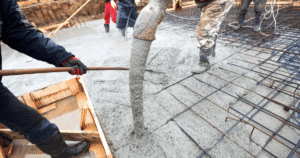
HPC takes things up a notch with enhanced durability, workability, and strength.
It’s often customized with specific admixtures to meet certain performance needs.
Common uses:
- Marine structures
- Industrial flooring
- Long-span bridges
This is one of the top-tier types of concrete when you need long life and minimal maintenance.
10. Fiber-Reinforced Concrete
Instead of steel bars, this concrete has fibers (steel, glass, synthetic) mixed directly into it.
These fibers help prevent cracks and improve flexibility.
Used in:
- Industrial floors
- Airport runways
- Thin slabs
Fiber-reinforced types of concrete are often used in areas prone to vibration or temperature changes.
Types Of Concrete Comparison Chart
| Type of Concrete | Key Feature | Best For |
|---|---|---|
| Normal Strength | Basic mix | Sidewalks, driveways |
| High-Strength | Above 6,000 psi | High-rise buildings, bridges |
| Reinforced | Steel bars or mesh inside | Structural supports |
| Lightweight | Less weight, better insulation | Rooftops, fireproofing |
| Precast | Made off-site | Walls, stairs, pipes |
| Stamped | Decorative finish | Patios, pool areas |
| Self-Consolidating | No vibration needed | Complex shapes, precast forms |
| Rapid-Set | Fast curing | Quick repairs |
| High-Performance | Customized for strength & life | Marine, industrial |
| Fiber-Reinforced | Crack resistance | Industrial floors, runways |
My Thoughts On Types Of Concrete
As you’ve seen, there are a few different types of concrete, each with its own strengths and best uses.
Next time you’re patching a crack in your driveway or overseeing a skyscraper build, knowing which concrete to use can save time, money, and a whole lot of frustration.
I hope you enjoyed this blog. Please, do leave a comment or a question below and I will be sure to read and/or reply.


